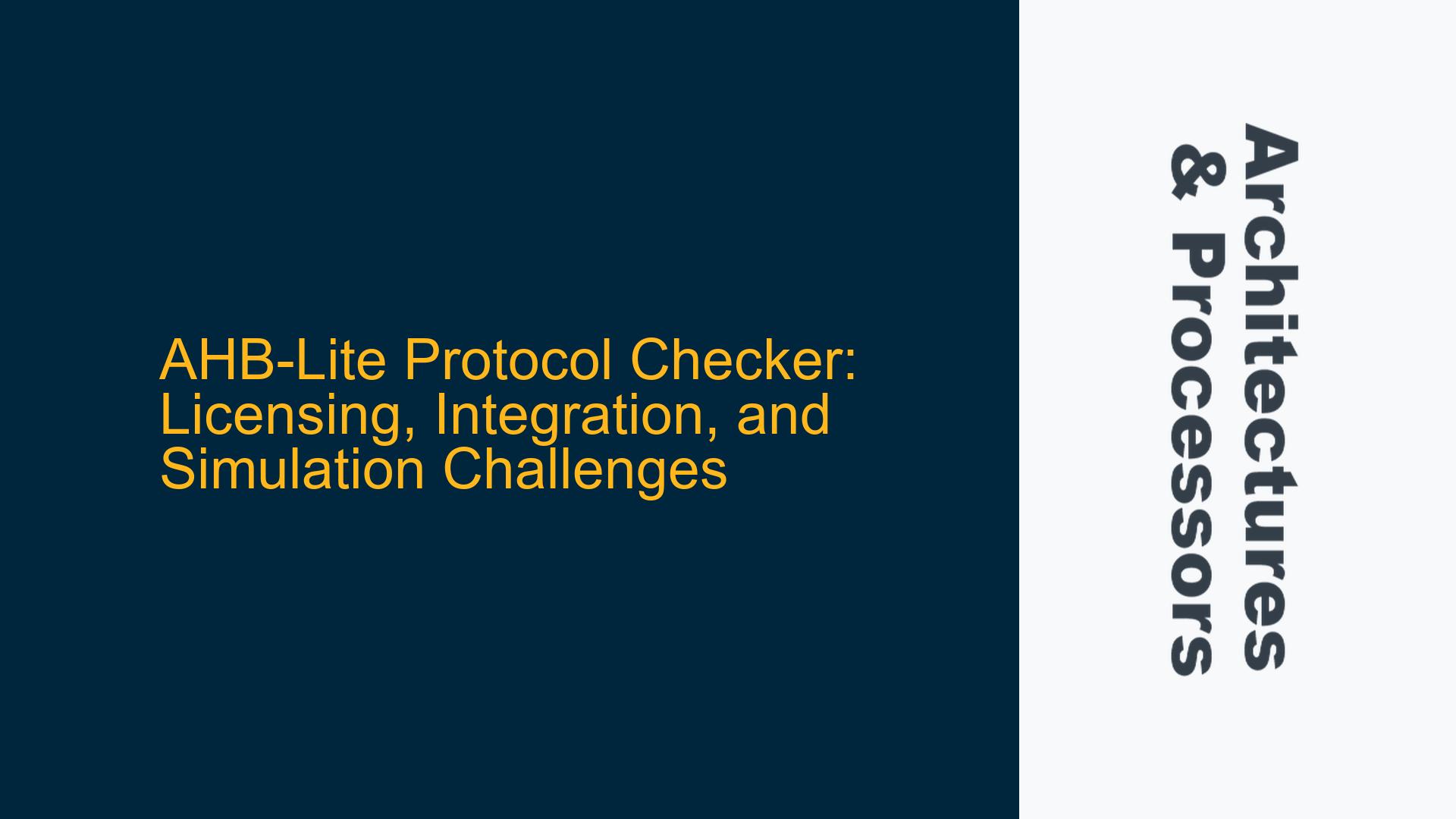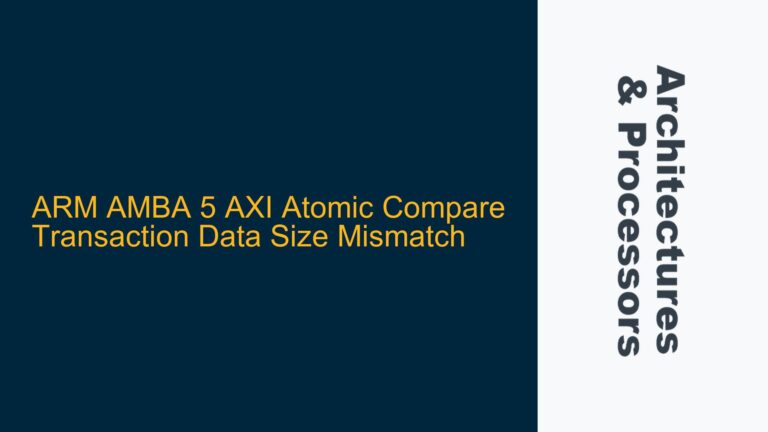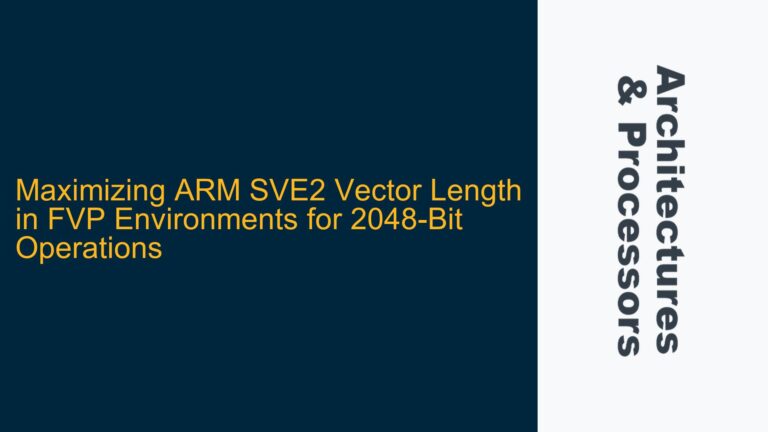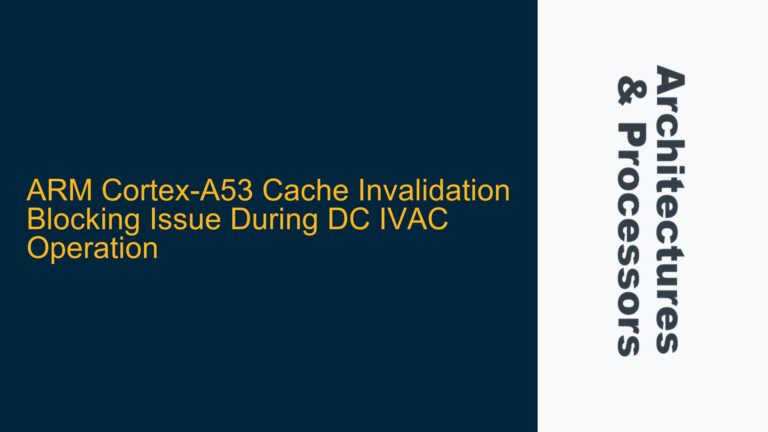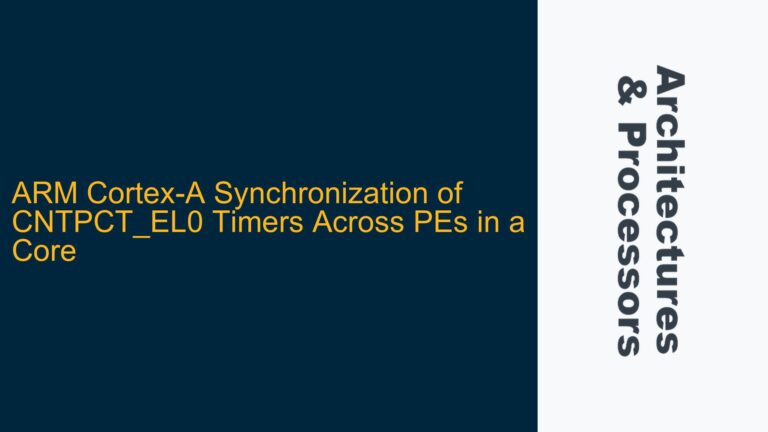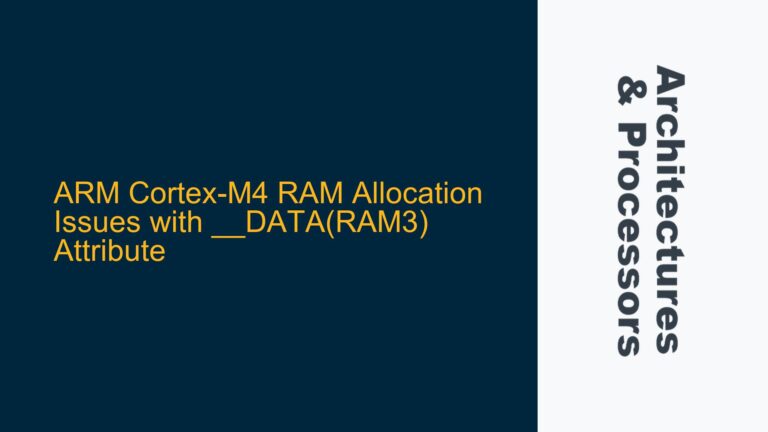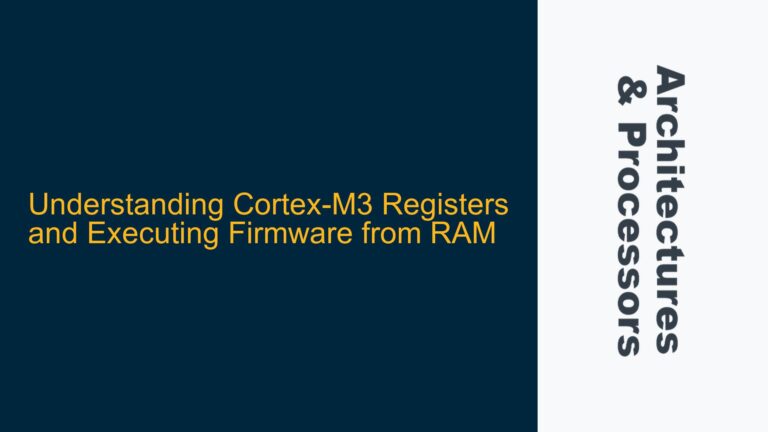AHB-Lite Protocol Checker Availability and Licensing Constraints
The AHB-Lite Protocol Checker, encapsulated within the AhbLitePC.v module, is a critical component for ensuring compliance with the AHB-Lite protocol during simulation. This module is part of the Cortex-M System Design Kit (CMSDK), which is a comprehensive suite of tools and IP blocks provided by ARM for designing and verifying Cortex-M based systems. The AhbLitePC.v module is specifically designed to monitor AHB-Lite bus transactions and flag any protocol violations, making it an indispensable tool for SoC designers and verification engineers.
However, the AhbLitePC.v module is not available as a standalone download. It is bundled within the CMSDK, which is licensable IP from ARM. This means that to access the AhbLitePC.v module, one must license the entire CMSDK from ARM. The licensing process typically involves contacting ARM directly, negotiating terms, and obtaining the necessary permissions to use the IP within your design environment. This can be a significant hurdle for smaller design teams or those working on open-source projects, as the licensing fees and legal overhead may be prohibitive.
The integration of the AhbLitePC.v module into a simulation environment requires a thorough understanding of the AHB-Lite protocol, as well as the specific implementation details of the module itself. The module is designed to be instantiated within the AHB-Lite bus fabric, where it monitors all transactions and checks for compliance with the protocol. This includes verifying that all signals adhere to the timing and sequencing requirements specified in the AHB-Lite protocol specification.
Potential Causes of AHB-Lite Protocol Violations
AHB-Lite protocol violations can arise from a variety of sources, often stemming from misunderstandings or misconfigurations of the AHB-Lite bus fabric. One common cause of protocol violations is incorrect signal timing. The AHB-Lite protocol specifies strict timing requirements for signals such as HREADY, HTRANS, and HSEL. If these signals do not transition at the correct times relative to the clock edges, the protocol checker will flag a violation.
Another frequent source of protocol violations is improper handling of burst transactions. The AHB-Lite protocol supports burst transfers of varying lengths, and each burst type has specific requirements for how the address and control signals should be managed. For example, during a wrapped burst, the address must wrap around at the boundary of the burst length, and the control signals must remain stable throughout the burst. If these requirements are not met, the protocol checker will detect a violation.
Incorrect configuration of the AHB-Lite bus matrix can also lead to protocol violations. The bus matrix is responsible for routing transactions between masters and slaves, and it must be configured to ensure that all transactions comply with the AHB-Lite protocol. This includes setting the correct arbitration priorities, ensuring that the correct number of cycles are allocated for each transaction, and managing the handshake signals between masters and slaves.
Finally, protocol violations can occur due to issues with the design of the AHB-Lite masters or slaves themselves. For example, a master might fail to assert the HTRANS signal correctly, or a slave might not respond to a transaction within the required number of cycles. These issues can be particularly challenging to debug, as they often require a deep understanding of both the AHB-Lite protocol and the specific implementation of the master or slave in question.
Implementing and Debugging the AHB-Lite Protocol Checker
To effectively implement and debug the AHB-Lite Protocol Checker, it is essential to follow a systematic approach that includes both simulation and formal verification techniques. The first step is to instantiate the AhbLitePC.v module within the AHB-Lite bus fabric. This involves connecting the module’s input and output ports to the appropriate signals in the bus fabric, and ensuring that the module is correctly configured to monitor all relevant transactions.
Once the AhbLitePC.v module is instantiated, the next step is to run a series of simulation tests to verify that the module is correctly detecting protocol violations. These tests should cover a wide range of scenarios, including single transfers, burst transfers, and error conditions. It is also important to include tests that exercise the boundary conditions of the protocol, such as transactions that occur at the edge of the address space or that involve the maximum allowable burst length.
During simulation, it is crucial to monitor the output of the AhbLitePC.v module closely. The module will generate error messages whenever it detects a protocol violation, and these messages should be carefully analyzed to determine the root cause of the violation. In many cases, the error messages will provide sufficient information to identify the source of the problem, but in some cases, additional debugging may be required.
One effective debugging technique is to use waveform viewers to inspect the timing and sequencing of the AHB-Lite signals. This can help to identify issues such as incorrect signal transitions, improper handling of burst transfers, or misconfigurations of the bus matrix. It is also useful to compare the observed behavior with the expected behavior as specified in the AHB-Lite protocol documentation.
In addition to simulation, formal verification can be a powerful tool for ensuring compliance with the AHB-Lite protocol. Formal verification involves using mathematical techniques to prove that a design meets its specification, and it can be particularly effective for verifying complex protocols like AHB-Lite. There are several formal verification tools available that support AHB-Lite, and these tools can be used to automatically check for protocol violations and generate counterexamples if violations are found.
Finally, it is important to document any issues that are identified during the verification process, along with the steps taken to resolve them. This documentation can be invaluable for future projects, as it provides a record of common pitfalls and best practices for working with the AHB-Lite protocol. It can also serve as a reference for other team members who may be working on similar designs.
In conclusion, the AHB-Lite Protocol Checker is a powerful tool for ensuring compliance with the AHB-Lite protocol, but it requires careful implementation and debugging to be effective. By following a systematic approach that includes simulation, formal verification, and thorough documentation, designers and verification engineers can ensure that their AHB-Lite designs are robust and reliable.
